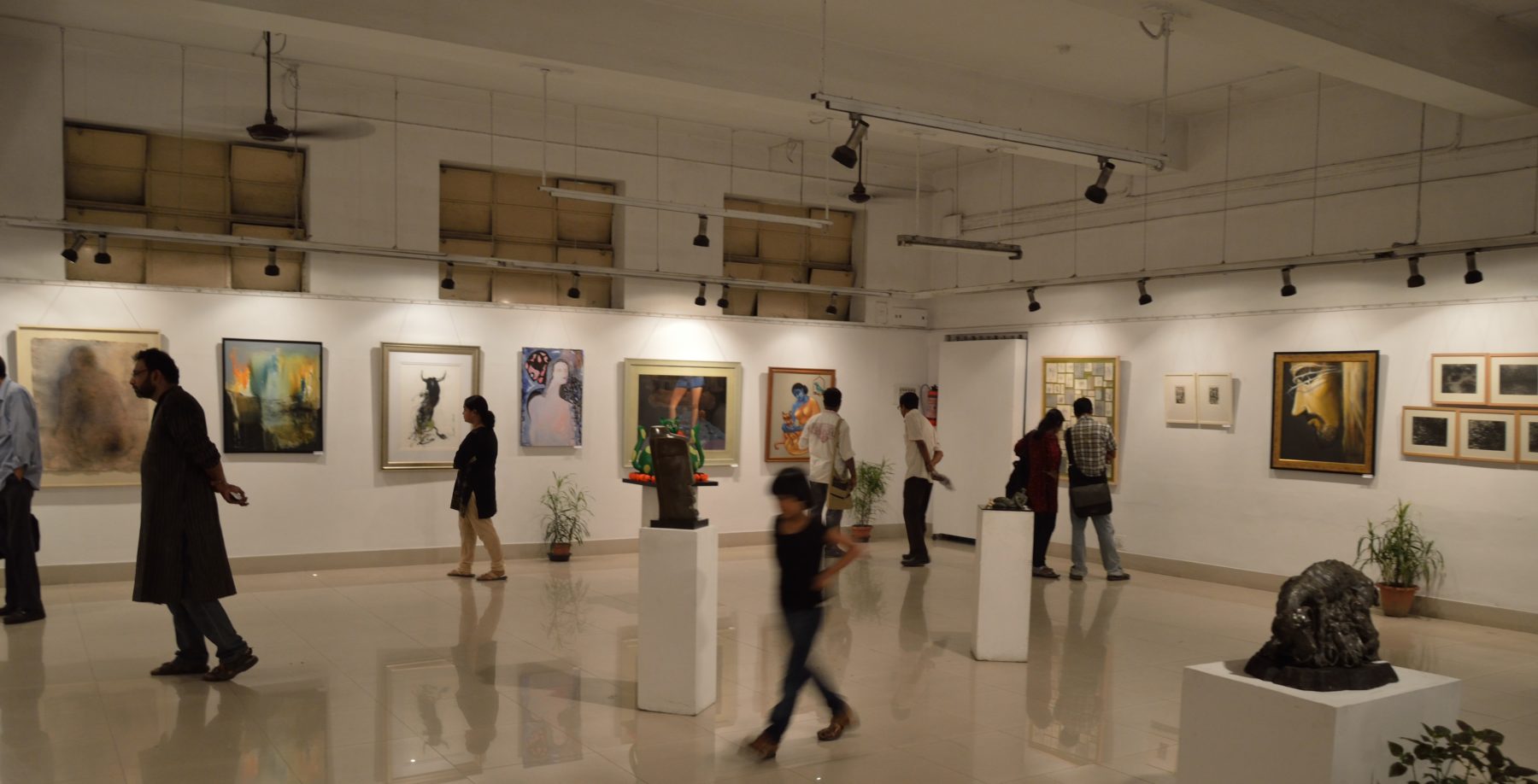1. Victoria Atec-Amestoy and Anna Villarroya. Social Observatory of “La Caixa.” “Cultural Participation and Wellbeing.” 2018. Spain.
Culture plays an important role in constructing and consolidating the bases for social cohesion and inclusion and for individual and collective wellbeing. The fourth issue of the Dossier from the Social Observatory of “la Caixa” analyses the factors that determine the cultural participation of citizens and reflects on how to guarantee equal conditions for such participation.
2. John Knell and Alison Whitaker. Arts Council England. “Participatory Metrics Report.” 2016. United Kingdom.
Culture Counts, working with Arts Council England, developed a short list of cultural organisations that were invited to take part in this participatory metrics strand. The aim was to not only improve the metrics and check their alignment with the quality principles but also to analyse the extent to which they were grouping together in natural clusters, in terms of which aspects of the participatory process and associated outcomes they were measuring. Eleven cultural organisations within this strand carried out 24 evaluations collectively.
3. Riikka Anttonen et. al. Sibelius Academy. “Managing Art Projects with Societal Impact.” 2016. Estonia.
This Study Book presents the multiple dimensions of societal impact of arts projects and to provide methods on areas such as impact design, leadership or evaluation. The book is particularly called a ‘study book’, aiming not to give direct answers, but to open avenues for students and practitioners to reflect and learn to create their own way of managing art project with societal impact.
4. Shared Intelligence, The Mighty Creatives, and Sarah Pickthall. Arts Council England. “Testing the Accessibility of Arts Council England’s Quality and Participatory Metrics.” 2017. United Kingdom.
Arts Council England’s system of Quality and Participatory Metrics is a new tool designed to gather opinion data from audiences and participants in arts experiences. Each ‘metric’ consists of a dimension, the specific aspect of a production that is being measured, and a statement which is presented to respondents who are asked the extent they agree or disagree. Each metric statement has been designed to test a particular aspect or dimension of ‘quality’.
5. Bronwyn Mauldin. Los Angeles County Arts Commission. “Research & Evaluation at the Los Angeles County Arts Commission: 2016-17 Report.” 2017. United States.
Report from the LA Arts commission on the 2016-17 Research and Evaluation Plan: what they did and why, and some key lessons learned along the way.
